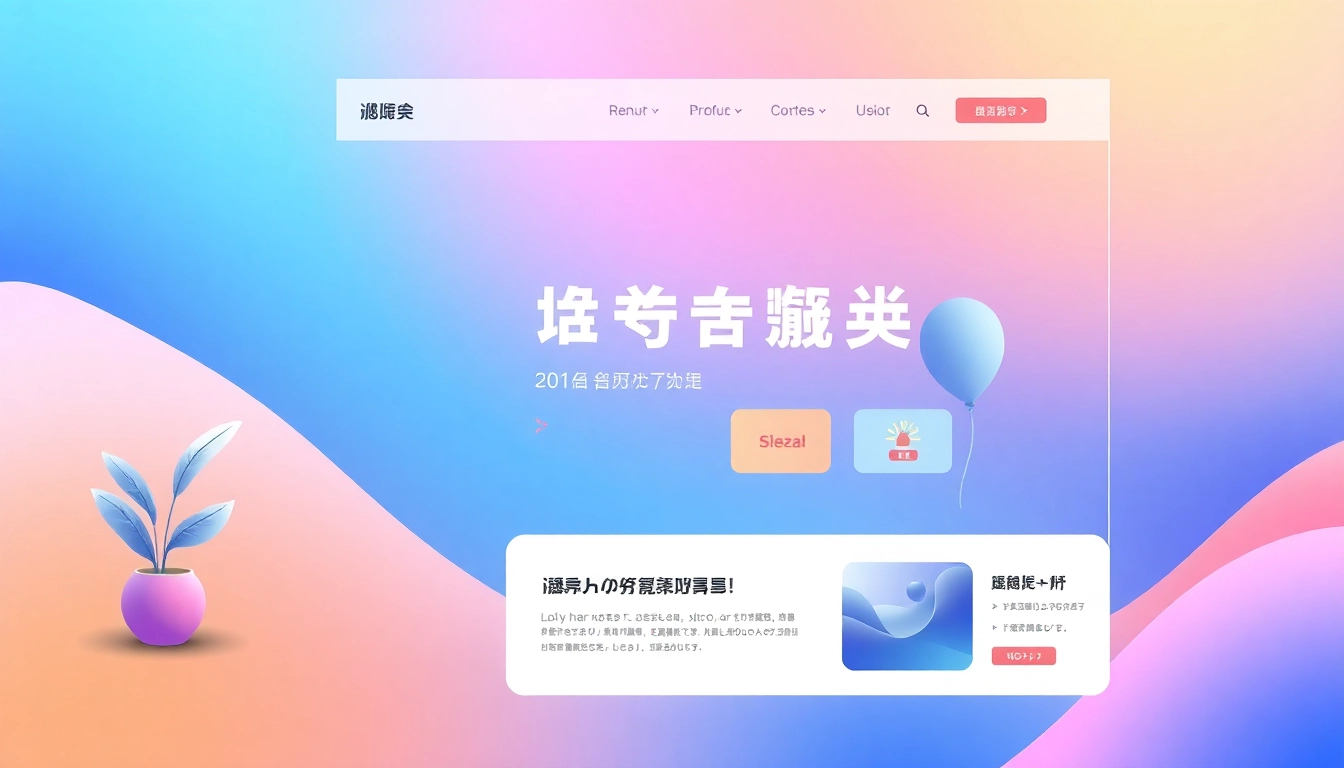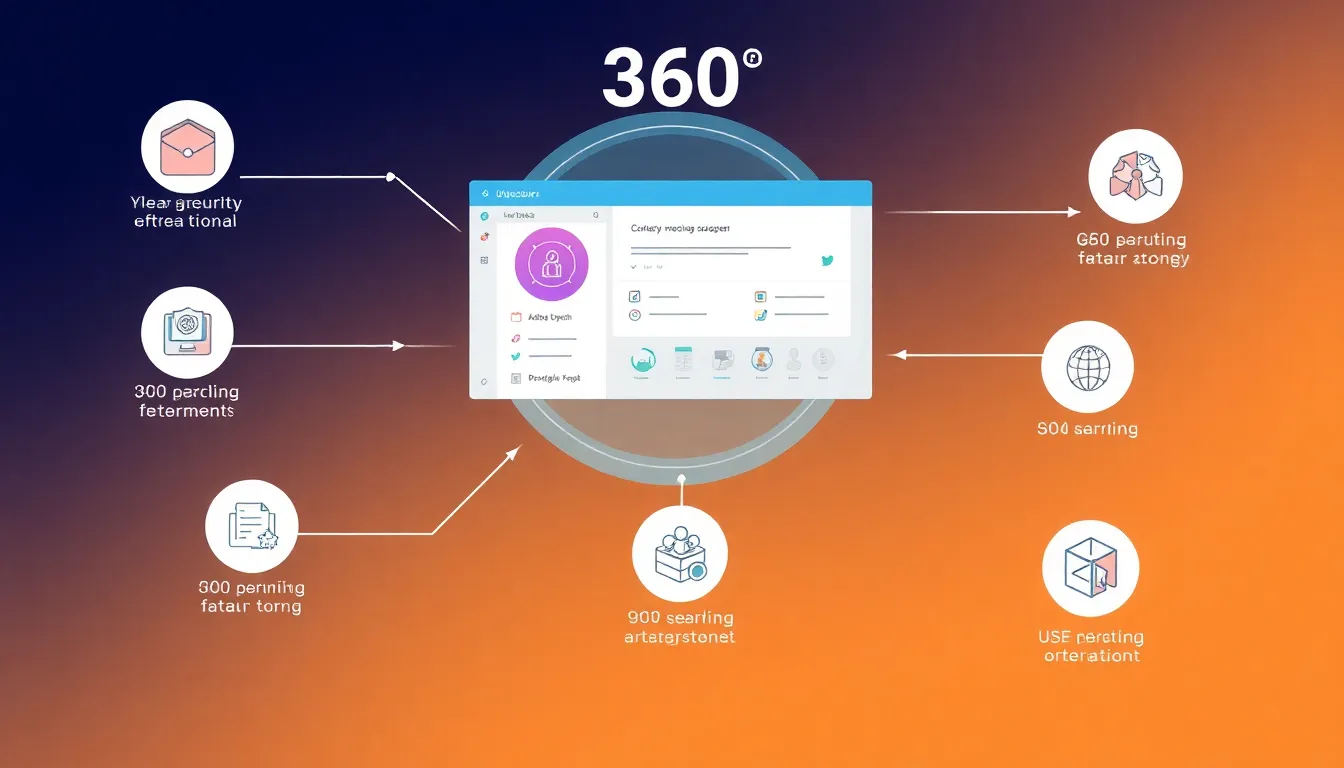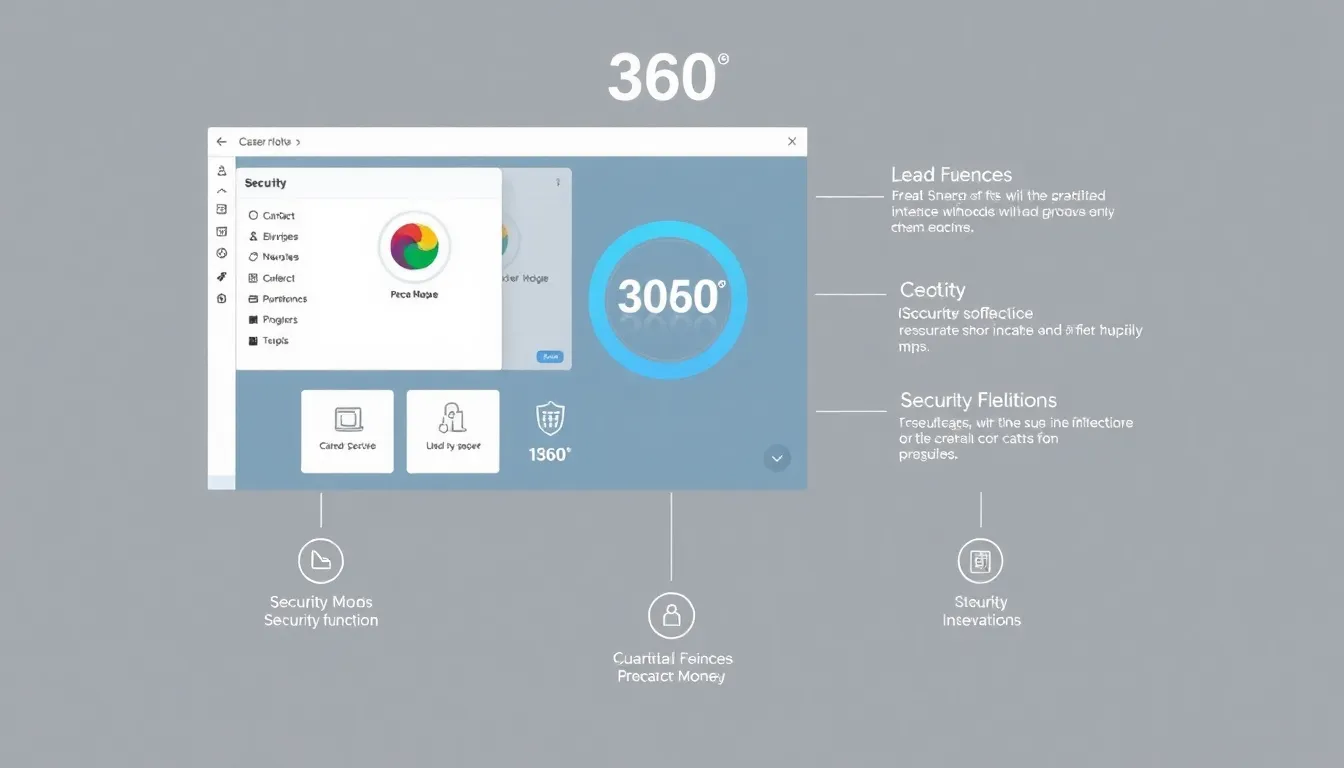
The phrase “click here” has been a mainstay of web and digital communication for decades. Despite its ubiquity, the effectiveness of such a phrase is a topic of heated discussion among digital marketers, UX designers, and SEO specialists. As we delve deeper into the nuances of this common phrase, we’ll explore its history, implications for accessibility, and repercussions on user experience. For those interested in the various dimensions of digital interaction, an invaluable resource is available through insightful explorations such as Click Here.
Understanding the Impact of “Click Here”
The Origin and Evolution of the Phrase
Historically, “click here” emerged in the early stages of web development when plain textual links were a primary means of navigation. At that time, users were not accustomed to the digital interface, and phrases like “click here” provided straightforward, albeit simplistic, navigation cues. As web design evolved, so did the understanding of how users interact with hyperlinks. With the advent of more sophisticated UX/UI principles, digital communication began to shift towards clarity and descriptiveness, leading to the suggestion that phrases like “click here” be reassessed.
Why It’s Problematic for Accessibility
One of the most significant issues with “click here” is its accessibility. Screen readers, used by visually impaired individuals, often summarize links, making a series of “click here” prompts both confusing and uninformative. A link labeled “click here” fails to convey its destination or purpose, presenting challenges for users relying on assistive technologies. According to accessibility guidelines, link text should be meaningful on its own, providing context without the surrounding text. Instead of “click here,” links such as “download our eBook” serve both content clarity and accessibility, ensuring that all users can navigate effectively.
The Effect on User Experience
The user experience (UX) is subtly yet significantly impacted by hyperlink choices. Users today seek instant information and clarity; terminology that does not articulate its intent can lead to frustration and, ultimately, disengagement. When presented with vague calls-to-action, users may feel uncertain about what clicking the link will achieve, leading to decreased click-through rates. Research shows that simply improving link text can increase engagement by refining the perceived quality of the web page and aligning it more closely with user queries.
Exploring Alternatives to “Click Here”
Using Descriptive Link Text
Descriptive link text enhances clarity and enhances SEO. Instead of generic phrases, informative link text signals its intent, helping both users and search engines understand the link’s context. For example, a link that says “learn about our digital marketing services” is far more effective than “click here,” as it explicitly states what a user can expect to find. This approach also assists in search engine ranking, as search algorithms favor contextual keyword placements, increasing website visibility.
Incorporating Call-to-Action Variations
Effective calls-to-action (CTAs) encourage user engagement while guiding them toward specific goals. Instead of relying on “click here,” CTAs can be more dynamic and context-driven. Examples include “Get your free trial,” “Join our newsletter,” or “Explore our product range.” CTAs that emphasize immediacy or benefit tend to generate higher conversion rates. A/B testing different CTAs can reveal what resonates best with your audience.
Best Practices for Link Text
Adhering to best practices for link text can significantly improve user engagement and SEO outcomes. Below are essential guidelines:
- Be Clear and Concise: Use short phrases that explicitly convey what the link represents.
- Incorporate Keywords: Infuse relevant keywords into your link text to strengthen SEO.
- Maintain Context: Ensure link text is integrated within the surrounding text, maintaining logical flow and meaning.
- Avoid Redundancy: Refrain from using the same link text multiple times on a single page to prevent confusion.
Implementing Effective Link Strategies
Identifying Your Audience’s Needs
Understanding your audience is paramount in creating effective link strategies. Conduct user research, surveys, or analyze user behavior metrics to grasp what users expect. Tailoring link verbiage to meet audience expectations enhances clarity while fostering trust. By delivering pertinent content through informative links, your website can position itself as a valuable resource tailored to user interests.
Integrating SEO-Friendly Link Text
Optimizing link text for SEO enhances both user experience and visibility in search rankings. Ensure that your links are not only attractive but also strategically placed. Incorporate keywords naturally into the link text and interlink relevant content within your site. This strategy boosts internal linking, beneficial for site navigation, and promotes additional page views through related content exploration.
Testing and Analyzing Link Performance
Regularly testing and analyzing link performance is vital for ongoing optimization. Utilize metrics such as click-through rates, user engagement reports, and conversion statistics to assess link effectiveness. A/B testing different link texts and placements can reveal actionable insights into user behavior, informing future iterations and helping refine your overall strategy.
Common Mistakes to Avoid
Overusing Click-Sounding Words
While engaging language is important, overusing “click”-related phrases may appear formulaic and outdated. Instead, integrating varied and context-specific terminology keeps content fresh and engaging. Utilizing descriptive language that accurately encapsulates the action invites more interaction and reduces cognitive dissonance for users.
Ignoring Mobile User Experience
With smartphones becoming the primary browsing device for many, optimizing for mobile users is critical. Links should be easily clickable on smaller devices, maintaining sufficient spacing to prevent usability issues. Consider the user journey across different screens and ensure that link text and interactions are mobile-friendly, promoting seamless navigation regardless of device.
Neglecting on-page SEO Elements
Achieving a well-rounded SEO strategy includes more than just link text; on-page SEO plays an essential role in maximizing intent-driven traffic. Pay attention to metadata, headings, and keyword placements, ensuring they align with user searches. By synergizing link text with other SEO efforts, you can reinforce page authority and visibility.
Real-World Examples and Results
Case Studies of Successful Link Strategies
Several acclaimed brands have effectively executed alternative linking strategies, leading to measurable improvements in user engagement and conversions. For instance, a major e-commerce site revamped its link structures by replacing generic prompts with compelling CTAs, ultimately leading to a 25% increase in click-through rates. Documenting and analyzing case studies can serve as valuable guidance for your strategic improvements.
Comparative Analysis of Engagement Metrics
When different link strategies are implemented, contrasting engagement metrics can provide insight into their effectiveness. Analyzing user interactions with various link texts highlights actionable trends—whether it’s increased time on page or improved conversions—guiding future content strategies. Tools like Google Analytics can be instrumental in this analysis.
Lessons Learned from Competitor Strategies
Observing competitors can yield valuable insights into effective link practices. Take note of what resonates with users in your industry, examining their strategies to discern effective techniques. While maintaining integrity in your branding, incorporate tested methodologies to enhance your own strategies in the ongoing battle for user attention and interaction.






